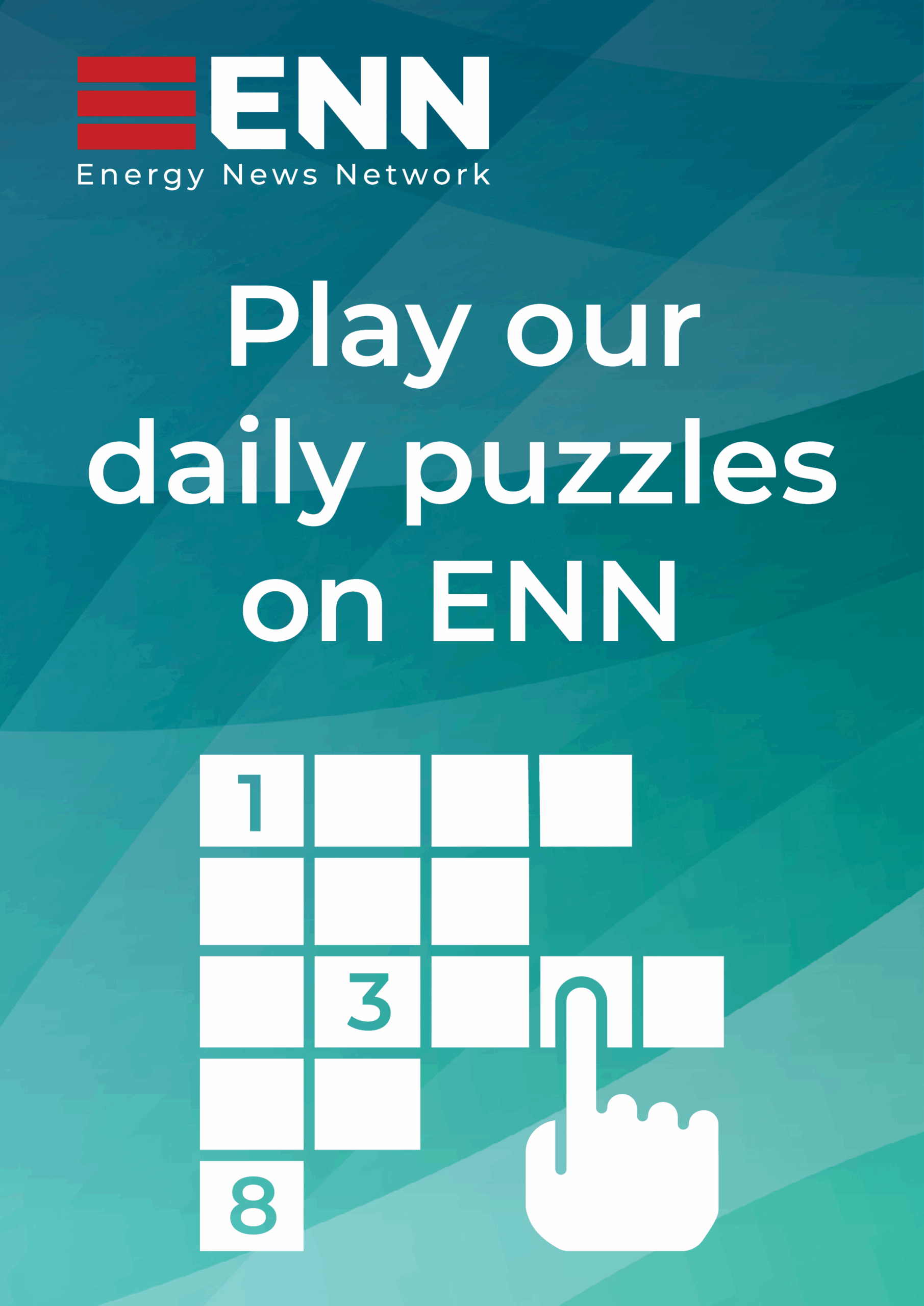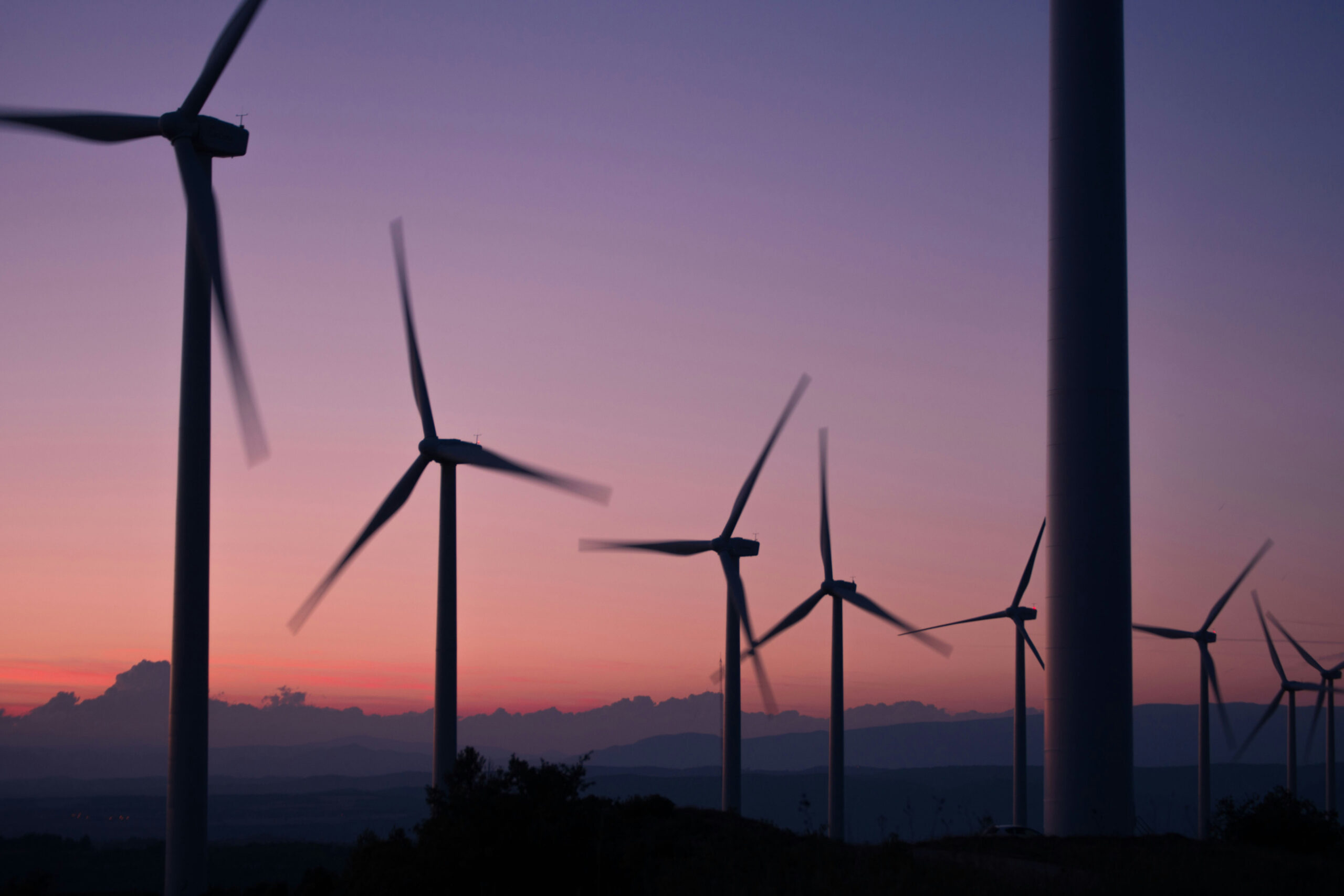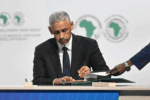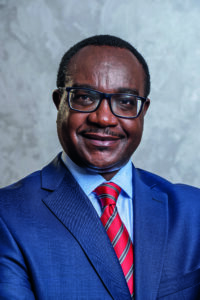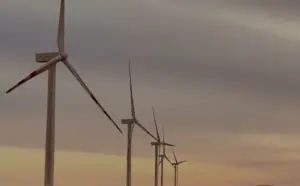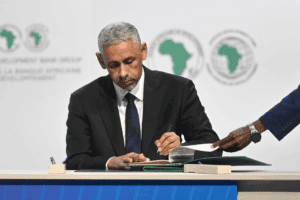
15 Years in the Making: Memory Mashingaidze on the Great Zimbabwe Hydro Project
The Great Zimbabwe Hydro was co-founded in 2010 as one of the country’s pioneering independent power producers (IPPs). After years of resilience in the face of cyclones, funding hurdles, and construction challenges, the company successfully commissioned its hydroelectric plant in November 2024.
Memory Mashingaidze, Co-founder and Executive Director of the Great Zimbabwe Hydro, reflects on the past year of operating at full capacity – delivering renewable energy to the national grid, empowering communities and setting a precedent for future private-sector renewable energy projects in Zimbabwe.
The project was first initiated in 2010. What were the biggest bottlenecks you faced over those 15 years of development?
Great Zimbabwe Hydro commenced operations on 13 November 2024. This was after 32 long months of construction and 12 months of even longer project development! I remember when we started the project in 2010 it was just after South Africa hosted the soccer world cup. There was an air of optimism on the African continent and the Africa rising narrative was taking hold. I had just started a new position and I recall my co-founding partner saying I should not quit formal employment just yet until we had advanced the project. He was certainly right!
Given the timeline it is clear we faced many challenges both in development and in construction. Most of these I believe are related to being a forerunner in the sector. Great Zimbabwe Hydro was one of the early projects to get a generation licence in Zimbabwe. It is was also the first project to be built adjacent to an existing dam infrastructure and the first hydro power project that leased land from the water authority Zimbabwe National Water Authority (ZINWA) and ZIMparks. All of these factors played into creating a path that hopefully others can follow.
I had at that time we started the project worked for three financial institutions and understood what a bankable project meant and it was our aim to develop a project that could be funded both by local and foreign investors. As a development team we worked to ensure that we had agreements and a structure that could be banked. All of this took long months and years of negotiation and implementation.
As the South African market opened up for IPPs original co-developers NuPlanet and the South African Industrial Development Cooperation exited the project. Others however came, after some time, filled in the gap, these were VS Hydro (with the support of the Seed Capital Assistance Facility) and Frontier Energy. Together we managed to raise the project funding and get to financial close. On 31 December 2021 just before midnight, we signed the Investment Agreement and I went straight to bed ready to start the new year in the second phase of the project!
Construction brought its own challenges. Some of which included the site proving more difficult than we had anticipated. We had not one but two cyclones, the dam split for the first time in over a decade. Our local contractors were also learning as no similar project had been undertaken in recent history.
Needless to say it took a lot of perseverance, dedication and hard work of many many people to get this project off the ground. The difference it has made is significant in a country that is desperate for additional generation capacity
The plant has now been in operation for almost a year. How would you describe its performance so far, and what impact has it had since going online?
The plant has been operating at full capacity since operations commenced providing clean renewable energy. Credit to our staff, contractors, advisers and financiers as we have built a power plant and transmission line that will stand the test of time. One of the attractions in developing a project adjacent to a dam is there the water can be stored. This has been beneficial to the project operations. While some water split in early 2025 the dam level has remained high. The power supply in the region has improved and other projects adjacent to dams are being implemented.
The shareholders of Great Zimbabwe Hydro have also contributed by giving back to the community. Our community development assistance program has supported a school in making improvements that allows students to write exams at the school, helped school children by donating science and maths text books, provided scholarships and helped to alleviate period poverty.
Given that ZETDC is the sole offtaker, what have been the main factors behind maintaining a good track record with them?
ZETDC is the sole off-taker of Great Zimbabwe Hydro. There are three main agreements which govern this relationship. The first is a 25-year Power Purchase Agreement that is a standard agreement but negotiated to be project specific. To minimise payment risk we have an Escrow Agreement which is a three way agreement between ZETDC-Great Zimbabwe Hydro and Stanbic Bank. This arrangement ensures that we are paid on time and is working well. Lastly we have a Transmission and Connection Agreement that governs the transmission and connection matters between the parties. Our experience is that ZETDC has a highly skilled team that is willing to engage with IPPs and improve power supply in Zimbabwe. We have various platforms through which we engage with them and in most cases we get the support that the project needs.
Funding came from both foreign investors and local institutions. What lessons can be drawn from this financing model, and do you see it being replicated for other renewable projects in Zimbabwe?
The funding strategy for the project was to have foreign funding that would pay for imports and local funding that will finance local expenses. This worked for the project as it meant there were no delays in securing foreign currency for imports. In addition to the foreign funding from Frontier Energy, the project also benefitted from their immense project development, technical, environmental, financial and legal expertise. The local funding from mainly pension funds, meant significant local participation from funds that should be playing a role in investing in long term infrastructure projects in Zimbabwe. Old Mutual Life Assurance Company Limited, Public Services Pension Fund and ZB Holdings Pension fund provided local pension fund investment. This funding model is certainly one that can be used for other projects as it allows for foreign direct investment complimented by local ownership, know-how and skills.




